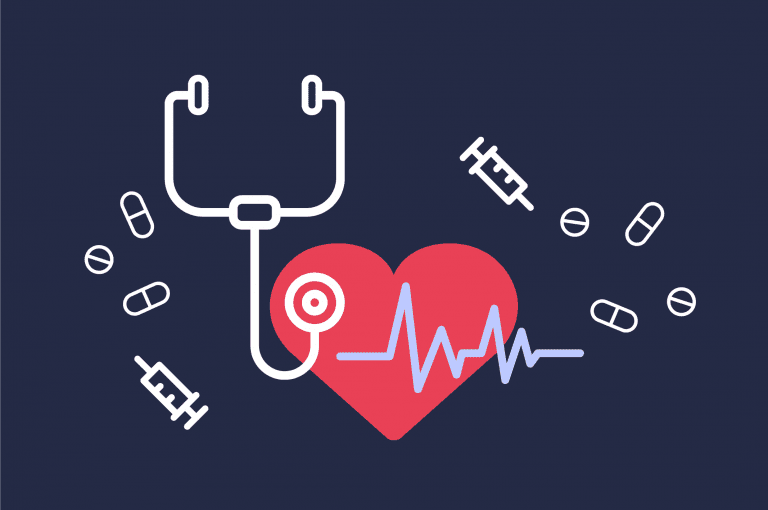The DASH Diet: Protect Your Heart and Stay Fit

In a world where heart disease remains the leading cause of death, finding the right diet is more important than ever. Among the most trusted eating patterns for long-term health and weight management is the DASH Diet (Dietary Approaches to Stop Hypertension). Originally designed to lower blood pressure, the DASH Diet has proven to be one of the most effective and sustainable approaches for protecting your heart and maintaining overall fitness in 2025.
👉 Learn more about the latest health diets in this resource.
What Is the DASH Diet?
The DASH Diet is a balanced eating plan that emphasizes fruits, vegetables, whole grains, lean proteins, and low-fat dairy, while limiting sodium, red meat, processed foods, and added sugars. Unlike restrictive diets that cut out entire food groups, DASH focuses on moderation and nutrient-rich choices.
Its primary goal was to combat hypertension (high blood pressure), but over time, research has shown it also reduces cholesterol, improves weight management, and lowers the risk of diabetes and cardiovascular disease.
Why the DASH Diet Matters in 2025
Modern lifestyles often involve processed foods, fast meals, and high sodium intake, leading to health issues like obesity, hypertension, and heart disease. The DASH Diet provides a scientifically proven framework that combats these issues.
By following DASH, Americans and people worldwide are not only losing weight but also improving overall well-being. Its adaptability makes it a diet for life, rather than a short-term fix.
👉 Check more heart-friendly nutrition tips in this article.
Key Principles of the DASH Diet
-
Emphasis on Vegetables and Fruits
Aim for 4–5 servings each per day, ensuring a variety of colors and nutrients. -
Whole Grains
Choose brown rice, oats, quinoa, and whole-grain bread instead of refined carbs. -
Lean Proteins
Incorporate poultry, fish, beans, and nuts as primary protein sources. -
Low-Fat Dairy
Yogurt, skim milk, and reduced-fat cheese provide calcium and protein. -
Reduced Sodium Intake
Limit salt to 1,500–2,300 mg per day, which supports blood pressure management. -
Healthy Fats
Focus on unsaturated fats from olive oil, avocados, and nuts.
Benefits of the DASH Diet
1. Heart Health
The primary strength of the DASH Diet is its impact on cardiovascular health. By lowering sodium and emphasizing nutrient-dense foods, it helps reduce blood pressure and cholesterol.
👉 Learn about heart-healthy habits in this guide.
2. Weight Management
Although not designed as a weight-loss diet, DASH promotes portion control and healthy choices, which naturally lead to gradual, sustainable weight loss.
3. Diabetes Prevention
DASH stabilizes blood sugar levels, making it highly beneficial for preventing and managing type 2 diabetes.
4. Improved Digestive Health
The high fiber content supports gut health and prevents digestive issues.
5. Long-Term Sustainability
Unlike restrictive fads, DASH is realistic and easy to follow for a lifetime.
DASH Diet vs. Other Diets
While other diets like Keto or Paleo focus on restrictions, DASH is about balance and inclusivity. It doesn’t eliminate entire food groups, making it less overwhelming.
-
DASH vs Keto: DASH is less restrictive and better for long-term heart health.
-
DASH vs Intermittent Fasting: DASH emphasizes what you eat, while fasting focuses on when you eat.
-
DASH vs Paleo: DASH allows grains and dairy, while Paleo restricts them.
👉 Explore more comparisons in this resource.
Sample DASH Meal Plan
Here’s an example of a daily DASH-friendly menu:
-
Breakfast: Oatmeal with berries and skim milk.
-
Snack: A banana with a handful of almonds.
-
Lunch: Grilled chicken salad with olive oil dressing.
-
Snack: Low-fat yogurt with flaxseeds.
-
Dinner: Baked salmon, brown rice, and steamed broccoli.
This plan provides balanced nutrition while keeping sodium low.
Tips for Success on the DASH Diet
-
Gradually Reduce Sodium: Start by cutting back on processed foods.
-
Read Labels: Watch out for hidden sodium in packaged goods.
-
Cook at Home: This gives you control over ingredients and portion sizes.
-
Add Herbs and Spices: Use natural flavors instead of salt.
-
Stay Hydrated: Water and herbal teas are great choices.
👉 Find more diet-friendly strategies in this link.
Challenges of the DASH Diet
-
Meal Preparation: Requires planning and cooking, which can be time-consuming.
-
Slow Results: Weight loss may be gradual compared to faster methods like Keto.
-
Learning Curve: Adapting to low sodium can take time for those used to salty foods.
Despite these challenges, DASH’s benefits outweigh the difficulties, especially for long-term health.
Final Thoughts
The DASH Diet is more than a way to eat—it’s a blueprint for protecting your heart, lowering blood pressure, and staying fit in 2025. With its focus on balanced nutrition, it not only prevents disease but also promotes sustainable weight management and overall vitality.
If you’re searching for a diet that is backed by science, easy to follow, and protective of your long-term health, the DASH Diet is a clear winner.
👉 Stay updated with more health-focused resources on this site.




